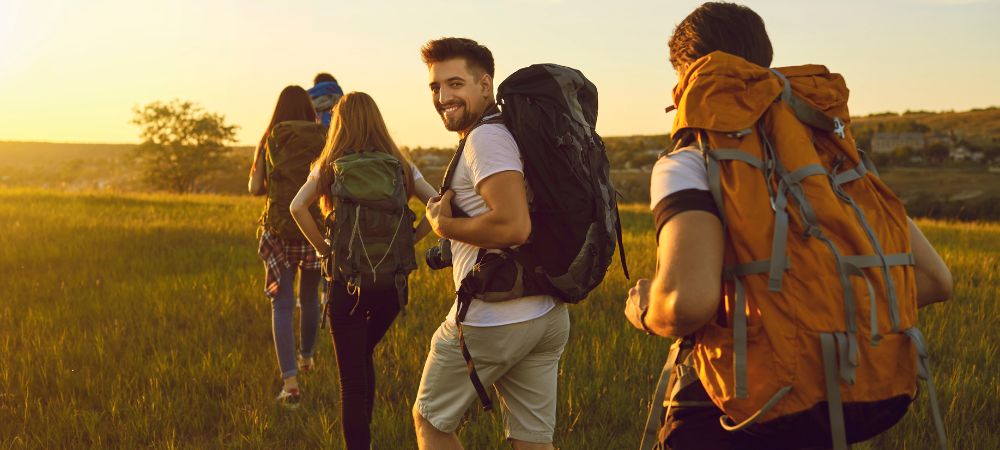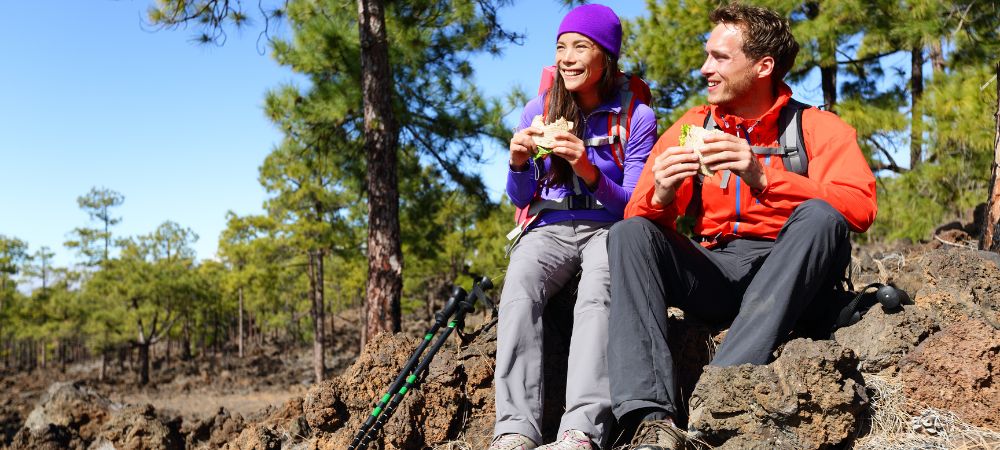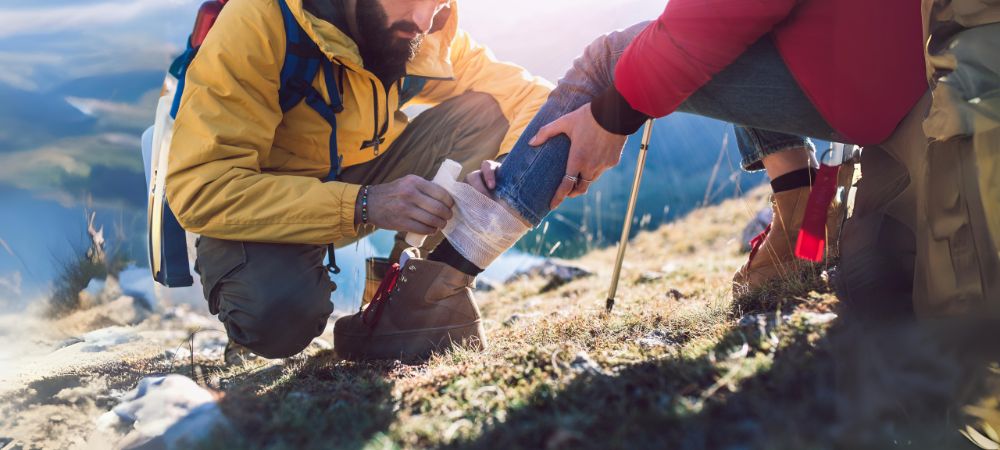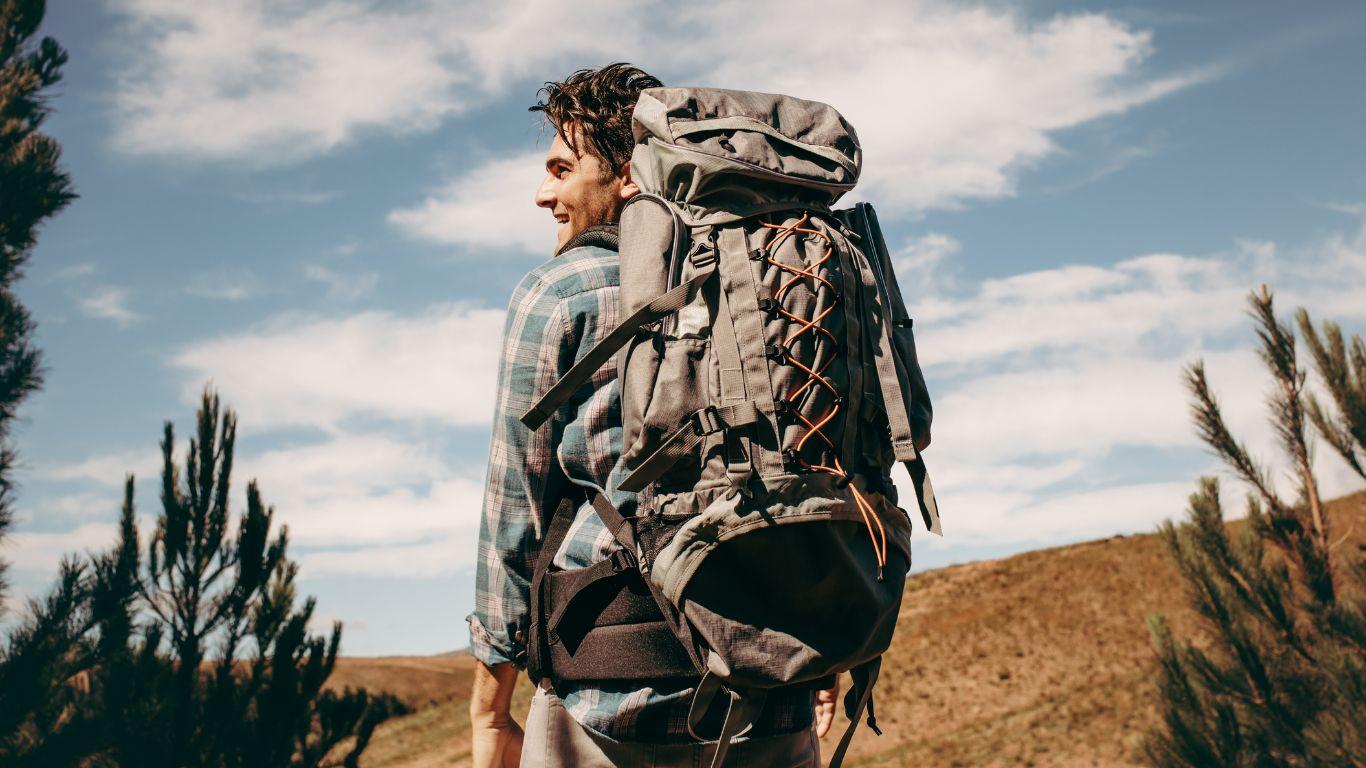Top Backpacking Gear Tips
Are you prepared to take on the trail? While hiking is a wonderful way to experience nature, proper Backpacking is required for a successful hike. Avoid having your trip ruined by a heavy load or things you forgot along the way! With these 10 essential points in mind, you should be able to put up a complete backpacking checklist that will allow you to travel light and enjoy your trip. Before you go on the trip, make sure you have everything you need by using a backpacking checklist.
Being one with nature is the ultimate aim of backpacking trips. However, that dream may easily become a chore if you're carrying a heavy load. If you want to make sure that the journey is just as enjoyable as the destination, here are 10 tips to help you create a backpacking checklist. A small and efficient backpack is your goal when you use this backpacking checklist!
Top 10 Backpack Checklist Tips for Choosing the Right Gear and Equipment
1. Prioritize Comfort: Your Backpack is Your Home Away from Home

While you are out on the path, your backpack will be your constant buddy. Select one that is comfortable to wear and provides an appropriate distribution of weight. When it comes to your enjoyment, having a backpack that is comfortable will make a world of difference.
To get the right fit, you have to think about things like hip belt padding, flexibility, and torso length. In your opinion, what should one bring for a vacation? Be sure to refer to our How to Pack a Backpack for Travel guide if you need any further packing ideas!
Keep that in mind that ideal weight of your backpack should be twenty percent of your bag!
2. Shelter from the Storm: Choosing the Perfect Tent
When it comes to having a secure and pleasant night's sleep, having a nice tent is really necessary. Considerations like weight, size, and weather resistance should be high on your list while shopping for a tent. When it comes to reducing the amount of weight in your load, light backpacking checklist indicates that light weight camping tents are great. It is adequate for solitary travelers to have a tent that can accommodate one person. Choose a tent that can accommodate two people if you live with someone else or if you expect poor weather.
3. Catching Those Zzz's: Selecting a Sleeping Bag for Comfort
Choose a sleeping bag with a temperature rating that is suitable for the environment of your location. Down sleeping bags are very compressible, but they need more care. Synthetic sleeping bags are heavier, but they function better in damp situations. A good night's sleep is essential for getting the most out of your backpacking trip and your hiking backpack checklist must include a sleeping bag.
4. A Warm Night's Rest: Picking the Right Sleeping Pad
Insulating against the chilly ground and enhancing comfort are two benefits that come from using a sleeping pad. Ensure that the pad you choose has high resistance value that corresponds to the temperatures you anticipate reaching. Most importantly don’t forget to add it to your backpacker checklist. Self-inflating pads are handy, although they are heavier. Not only are closed-cell foam pads lightweight and easy to use, but they also provide less comfort.
5. Fueling Your Adventure: Backpacking Stove Essentials
A camping stove gives you the ability to prepare hot meals while you are out on the trail. Lightweight, fuel-efficient, and easy to operate are three qualities you should look for in a cooker. Because of their simplicity and ease of use, canister stoves are a great choice. Compared to other stove kinds, liquid fuel stoves need more upkeep, but they are more powerful. Your backpack travel checklist should always include a cooker.
6. Lightweight Feasting: Streamlining Your Backcountry Kitchen

Prioritize meals that are rich in calories and lightweight while travelling on your backpacking trip checklist. It is possible that dehydrated meals lack flavor, yet they are handy. Investigate products such as energy bars, trail mix, and pre-portioned snacks as potential possibilities. To create a full kitchen in the outdoors, you need bring along a camp cup, a lightweight pot, and cutlery.
7. Hydration is Key: Choosing Your Water Filtration System
Staying well hydrated is very crucial while travelling. Bacteria may be present in untreated water sources. You can be certain that the water is safe to drink if you have a good water filtration system. Water purification solutions may be found in a variety of forms, including filters, tablets, and ultraviolet (UV) light sources. A filtration system must be on your checklist for backpacking.
8. Dress for Success: Clothing Checklist
Pack gear that is not just lightweight but also breathable and fast to dry. This is a pro tip for your lightweight backpacking checklist. If you want to be versatile in the face of shifting weather conditions, consider layering. Included on your list of things to bring on your backpacking trip are the following:
- Synthetic tops and bottoms that wick away moisture are a good starting point for controlling perspiration.
- Wear a fleece jacket or a lightweight down jumper as insulating layers.
- Protect yourself from the elements with a waterproof and breathable jacket and pants.
- Waterproof hiking boots that provide enough ankle support for routes over rugged terrain.
- A sun hat and a thick beanie are good items to have on hand in case of cold weather.
- To avoid blisters, use synthetic hiking socks. Liner socks may be worn for extra comfort.
- Synthetic underwear that dries quickly.
Trying to lighten your load? Bring along things that may be worn for a multiple activity.
9. Don't Forget the Essentials: Miscellaneous Backpacking Gear Checklist for a Smooth Trip
You may greatly enhance your hiking experience by paying attention to a few little details. Incorporate the following items into your backpacking checklist:
- A headlamp allows you to set up camp and navigate at night without using your hands.
- Keep a portable first-aid kit on hand in case of minor injuries.
- Sunglasses, lip balm, and sunscreen are all great ways to protect oneself from the sun.
- A physical map and compass are necessary for backup navigation even while using GPS gadgets.
- Always have duct tape, a needle and thread on hand in case you need to patch your gear quickly.
- Trekking poles may help level off uneven ground and support your weight, which is great for longer walks.
10. Safety First: Essential Items for Unexpected Situations

Make sure you are ready for everything that may come your way by include these crucial safety items on your backpacking essentials checklist:
- An emergency shelter is a lightweight emergency blanket that may be used to provide warmth in unexpected circumstances.
- Matches or a lighter are used to start a fire, which may be used for either signaling or providing warmth.
- The whistle is used to signal for assistance, and a GPS gadget is used for backup navigation. These are the navigation tools.
- Safety Beacon offers reassurance to those who are venturing out on their own or venturing to distant regions.
Lighten Up, Pack Smart, and Conquer the Trail!
By adhering to these 10 tips, you will be able to develop the ultimate backpacking checklist, which will allow you to keep your pack small and efficient. Keep in mind that the objective is to have enjoyment in the trip, not to be burdened with gear that is not essential. Give comfort the highest priority, choose solutions that are lightweight, and pack for any and all-weather circumstances.
Do you have what it takes to dominate the trail with a supportive and well-organized pack? Discover Everki’s range of ultra-lightweight backpacks that are built for efficiency and comfort!
FAQs
- What is a basic backpacking checklist?
All the necessities for a pleasant and secure backpacking trip should be covered by a basic checklist. Tent, sleeping bag and pad make up your shelter system. Cooking utensils, a stove, a pot and a map make up your cooking gear. Optional navigation tools include a compass and a GPS unit. Hydration supplies include water bottles or a reservoir, water filter and clothes for different weather conditions. A headlamp, first aid kit, sun protection and a repair kit round out your gear.
- Is a standard backpacking checklist different from a backpacking travel checklist?
A backpacking trip checklist is essentially the same as any other kind of backpacking checklist. Since "backpacking" usually means going on trips that last more than a day, the list would remain same. If you're staying at hostels or campsites that provide facilities, you may be able to reduce the weight of your sleeping bag and cooking gear if you're backpacking between places.
- When making my what to bring backpacking checklist, what factors should I consider?
- Your backpacking trip's destination
- Travel Time
- Skill Level

